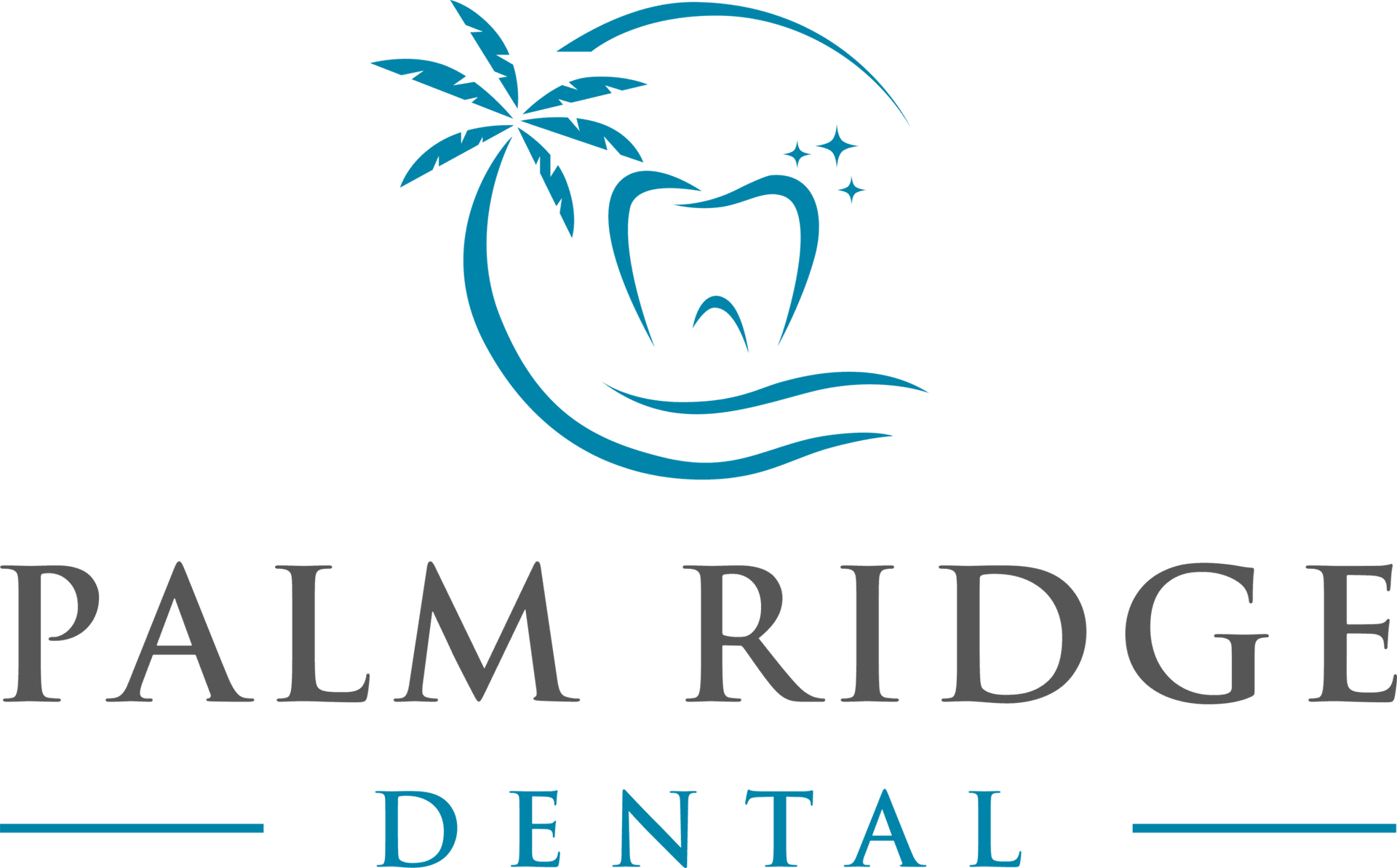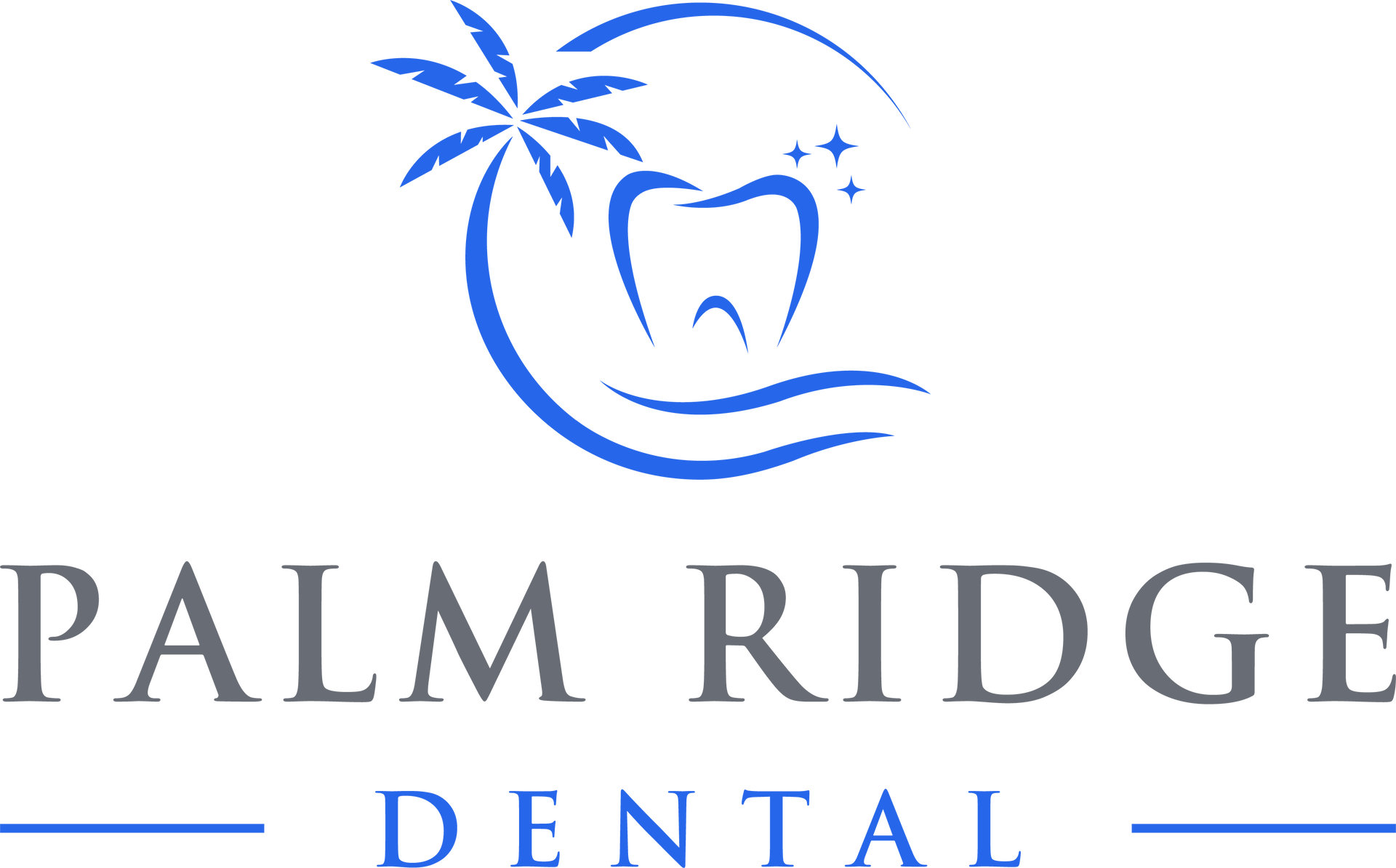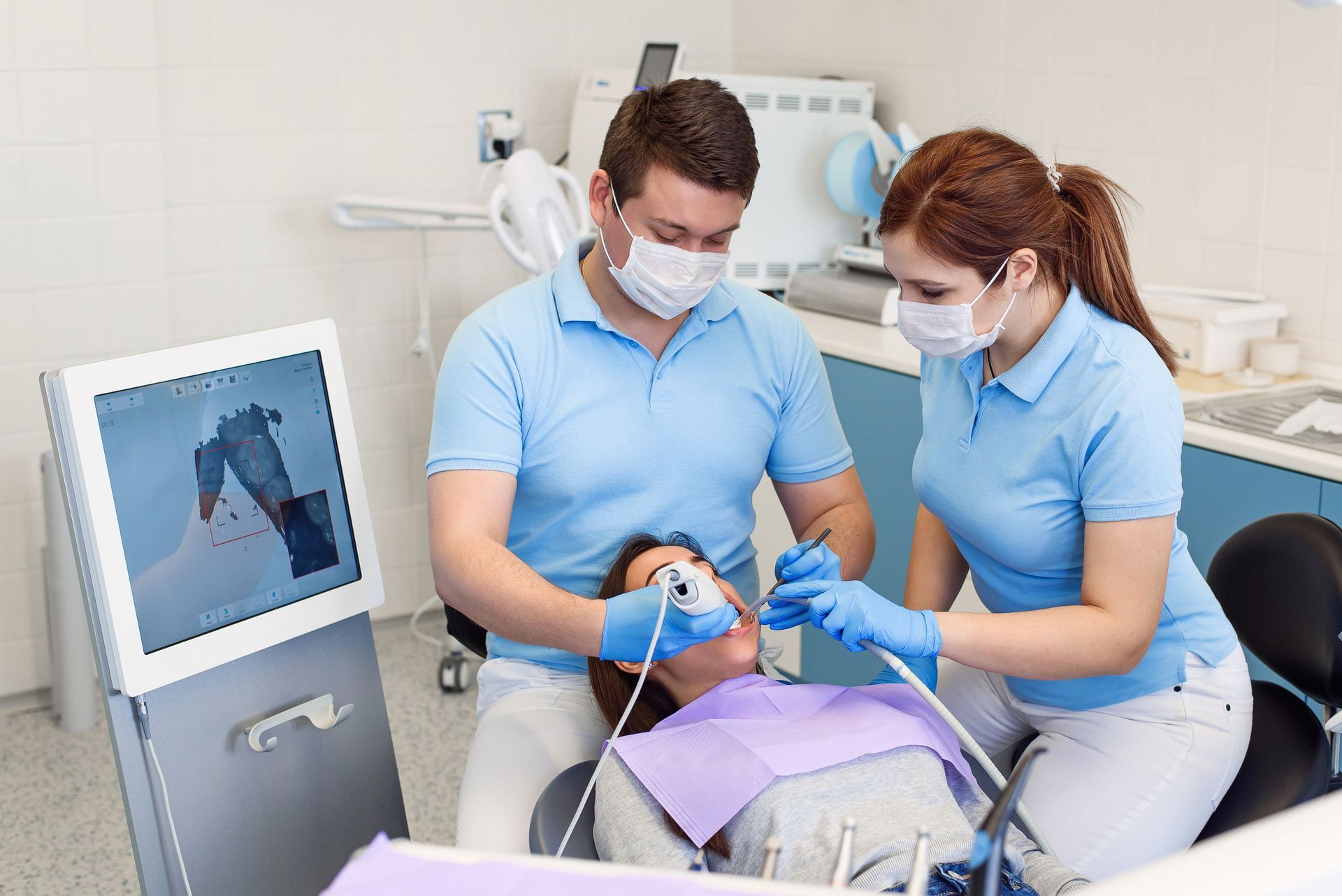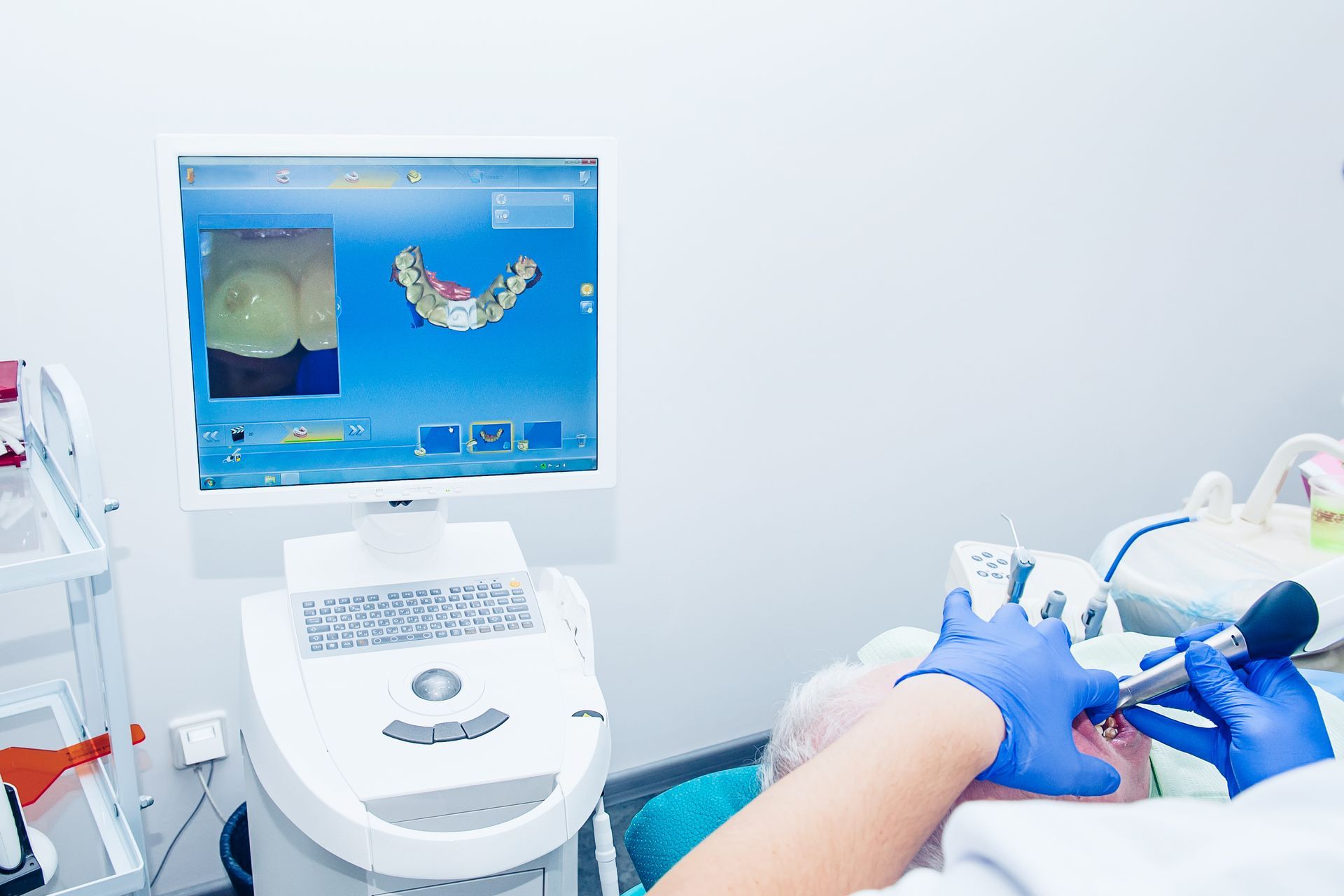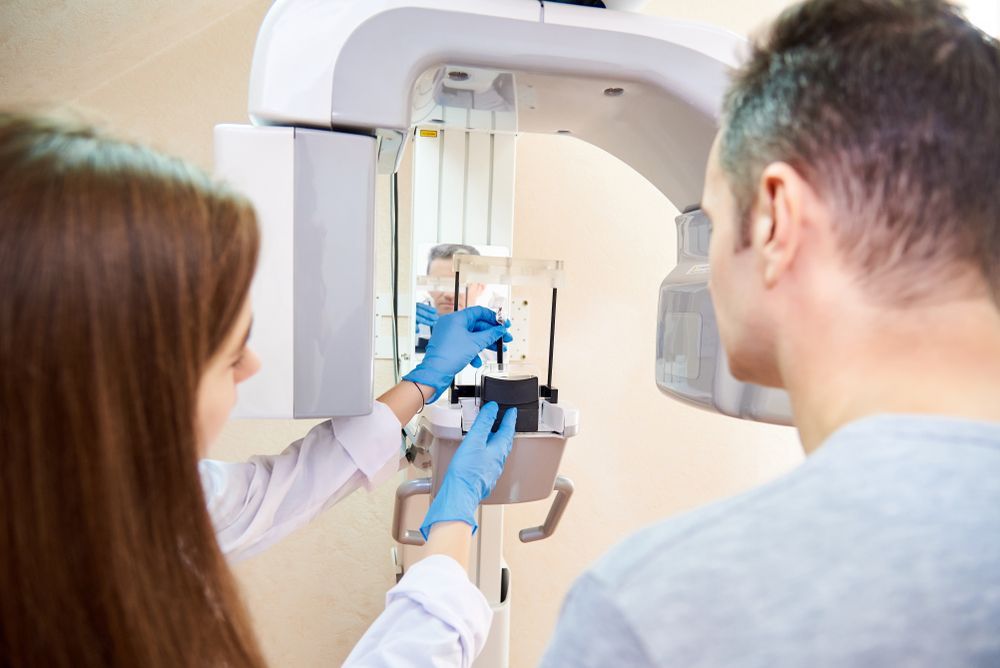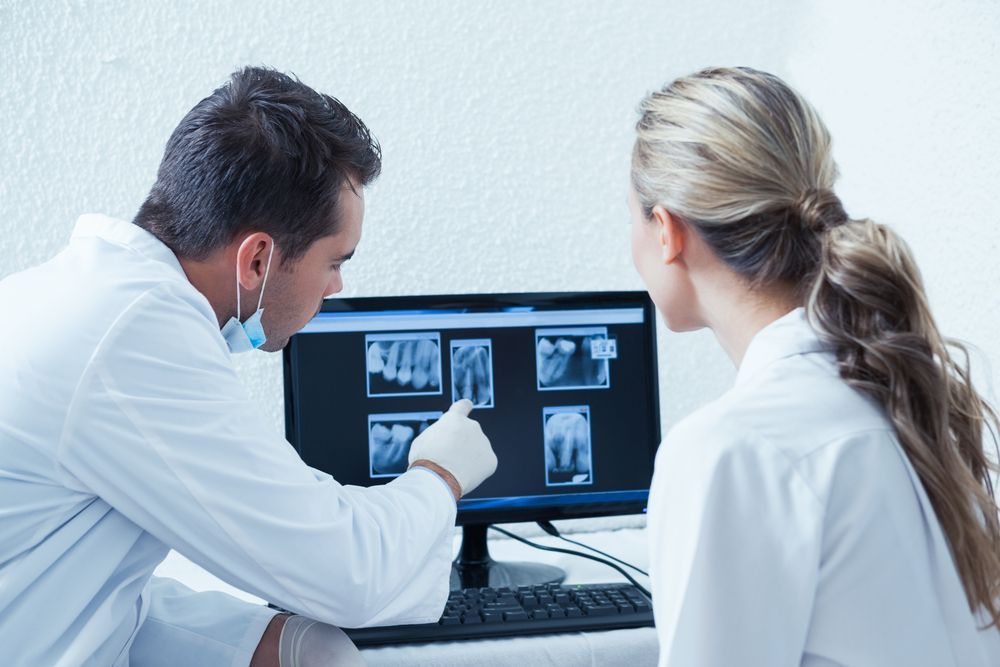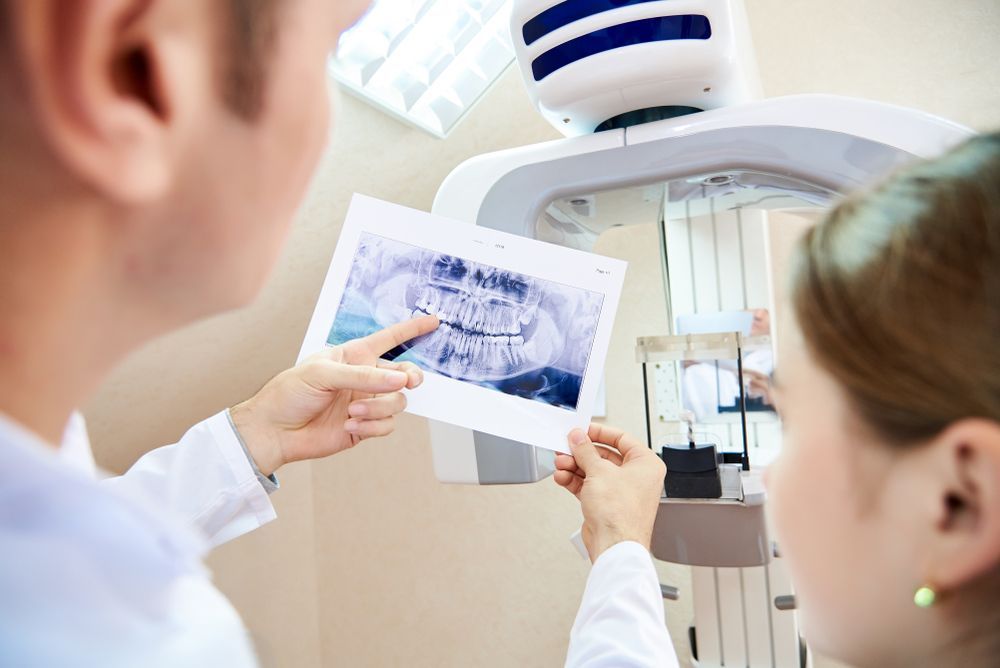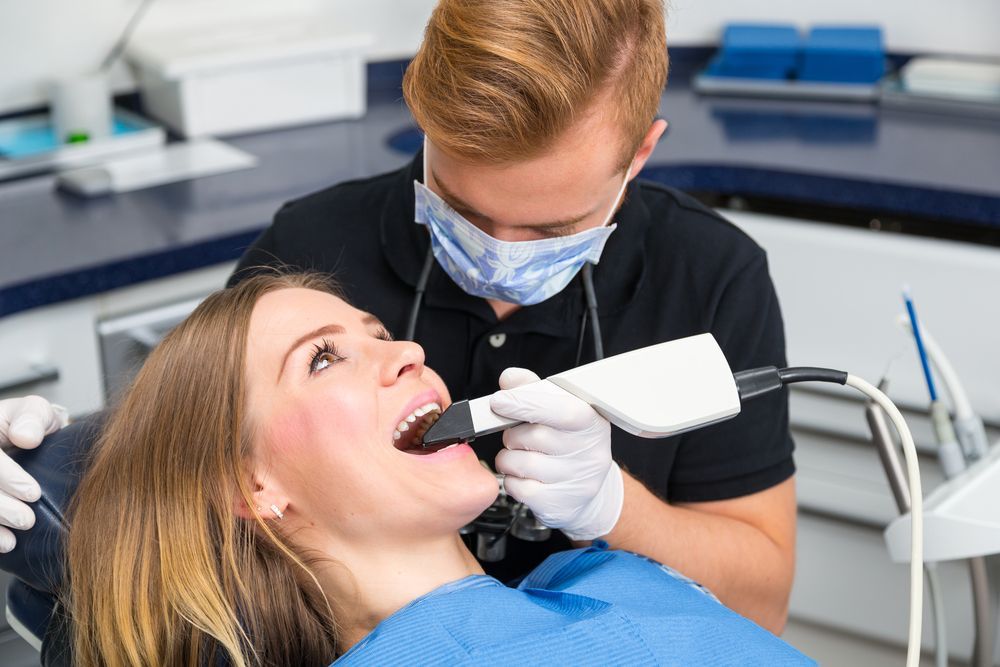Advanced Dental Technology Near You
Modern dental technology has transformed the way we approach oral health—making treatments faster, more precise, and more comfortable than ever before. What once required multiple appointments, messy materials, or invasive procedures can now often be completed in a single visit using advanced digital tools. From diagnostics to treatment planning and execution, many of the traditional, time-consuming steps have been replaced with streamlined, high-tech solutions that enhance both the patient experience and the quality of care.
The Modern Dental Experience
Tasks that once caused discomfort like taking impressions, detecting cavities, or preparing for dental restorations—are now simpler and less invasive. Digital imaging, laser tools, and computer-guided systems help reduce human error, improve accuracy, and ensure better long-term results.
Just as technology has revolutionized our homes and workplaces, it’s also reshaping the dental experience in powerful ways. Patients benefit from shorter visits, reduced anxiety, faster healing, and more predictable outcomes. With these innovations, we’re able to focus on proactive, personalized care catching issues earlier, planning more precise treatments, and improving oral health outcomes across the board.
